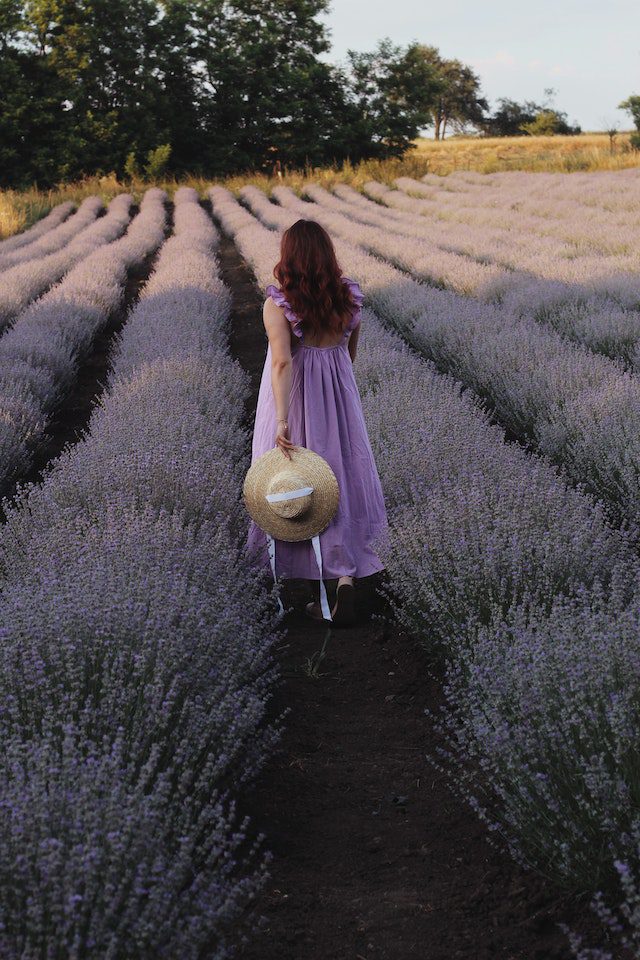Have you ever tasted the sweet, floral aroma of lavender and wondered if it could be used in cooking or baking? Culinary lavender is a versatile herb that can enhance the flavor and fragrance of many dishes, from sweet to savory. In this ultimate guide to culinary lavender, we’ll explore the best lavender varieties, how to use lavender in your cooking and baking, and provide recipes for lavender-infused beverages, desserts, and spices.
What is Culinary Lavender?
Culinary lavender is a type of lavender that is grown specifically for cooking and baking. The flowers of culinary lavender are carefully harvested and dried, preserving their fragrant oils and flavor. There are several varieties of culinary lavender, each with its unique characteristics and uses. Some popular varieties include Folgate, Royal Velvet, Melissa, and Provence.
Cooking with Lavender:
Lavender can add a delicate, floral flavor to many dishes, including meats, vegetables, and desserts. To use lavender in cooking, it’s essential to use a light touch as the flavor can be overpowering. Here are some tips for using lavender in your cooking:
- Use only the flower buds, not the stems or leaves.
- Lavender pairs well with lemon, honey, and vanilla.
- Use sparingly – a little goes a long way.
- Infuse lavender into oil or vinegar for a subtle flavor.
- Use lavender as a garnish to add a pop of color and fragrance to your dishes.
Baking with Lavender:
Lavender can add a unique flavor and fragrance to baked goods, from cakes and cookies to bread and scones. Here are some tips for baking with lavender:
- Use culinary lavender, not decorative lavender.
- Lavender pairs well with chocolate, lemon, and berries.
- Use lavender sparingly – too much can make your baked goods taste soapy.
- Try infusing lavender into sugar or butter for a subtle flavor.
- Use lavender as a garnish to add a pop of color and fragrance to your baked goods.
Lavender-Infused Beverages:
Lavender can add a refreshing, floral flavor to many beverages, from lemonade and tea to cocktails and mocktails. Here are some recipes for lavender-infused beverages:
- Lavender Lemonade: Combine 1 cup freshly squeezed lemon juice, 1 cup sugar, 1/4 cup culinary lavender buds, and 6 cups water in a large pitcher. Stir until sugar dissolves, then chill for at least 1 hour. Strain out lavender buds and serve over ice.
- Lavender Tea: Steep 1 teaspoon culinary lavender buds in 1 cup boiling water for 5 minutes. Strain out lavender buds and add honey or lemon to taste.
- Lavender Cocktail: Combine 1 oz gin, 1 oz lavender syrup (made by combining equal parts sugar and water, heating until dissolved, and adding lavender buds), 1/2 oz fresh lime juice, and 2 dashes bitters in a shaker with ice. Shake and strain into a glass, then top with soda water and garnish with a sprig of lavender.
Lavender-Infused Desserts and Spices:
Lavender can add a unique flavor and fragrance to many desserts and spices, from shortbread and ice cream to herbs de Provence and lavender sugar. Here are some recipes to try:
- Lavender Shortbread: Cream 1/2 cup softened butter and 1/4 cup powdered sugar until light and fluffy. Mix in 1 teaspoon vanilla extract, 1 teaspoon dried culinary lavender buds, and 1 cup all-purpose flour until a dough forms. Roll out dough and cut into shapes. Bake at 350°F for 12-15 minutes, or until lightly golden.
- Lavender Ice Cream: Mix 2 cups heavy cream, 1 cup milk, 1/2 cup sugar, and 1/4 cup culinary lavender buds in a saucepan. Heat over medium heat, stirring occasionally, until sugar dissolves and mixture begins to steam. Remove from heat and let cool to room temperature. Strain out lavender buds and freeze mixture in an ice cream maker according to manufacturer’s instructions.
- Herbs de Provence: Mix 2 tablespoons dried culinary lavender buds, 2 tablespoons dried thyme, 2 tablespoons dried rosemary, 2 tablespoons dried savory, 1 tablespoon dried oregano, and 1 tablespoon dried marjoram. Store in an airtight container and use as a seasoning for meats, vegetables, and soups.
- Lavender Sugar: Mix 1 cup granulated sugar and 1/4 cup culinary lavender buds in a food processor. Pulse until lavender is finely ground and well mixed with sugar. Store in an airtight container and use as a sweetener for coffee, tea, and desserts.
Conclusion:
Culinary lavender is a versatile and flavorful herb that can enhance many dishes, from sweet to savory. By using the best lavender varieties and following the tips and recipes in this ultimate guide, you can infuse your cooking and baking with the fragrance and flavor of lavender.

